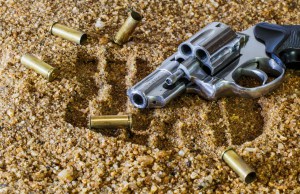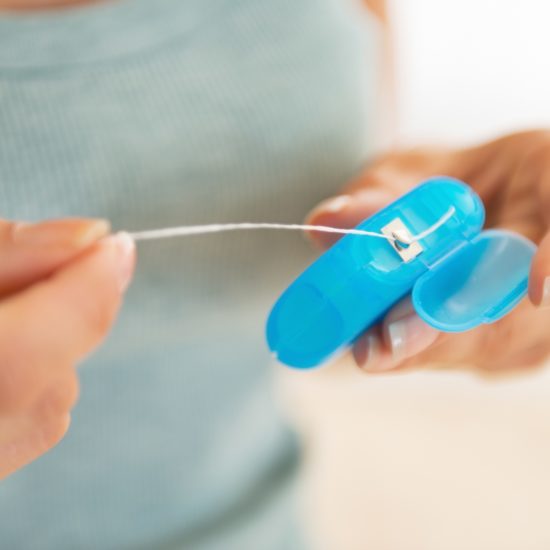
Packing heat is always a good idea because you never know what this world is going to throw at you next. Revolvers make an excellent choice as a Concealed Carry Weapon, backup or self-defense piece. Here are seven reasons why the wheel gun excels.
Dependability
Revolvers have the earned reputation of being dependable under pressure.
A wheel gun can put up with a lot more abuse than an auto-loader. Drop it in the dirt. Roll it around in the mud. It is still going to function. Semi-autos are a lot more finicky about dirt and dust.
Even a cheap revolver is going to shoot a round that fits correctly in a cylinder chamber. New ammo or reloads, it does not matter. You can mix loads too. Load the first one or two out the barrel with a hot JHP to avoid over-penetration. Then, lower power loads behind that like lead ball to fill the rest of the cylinder.
Auto-loaders definitely express preferences in ammo. I once had a 1911 that digested factory JHP and FMJ just fine. Drop some hand-loaded round ball and it jammed every time.
Revolvers do not jam. Auto-loaders can. Misfeeds can be caused by a bent lip that you didn’t notice before slapping a new mag home or a weak mag spring. Auto-loaders are also susceptible to “limp wristing”, a problem that a revolver never has.
Fits your hand better

Even a cheap revolver is going to shoot a round that fits correctly in a cylinder chamber. New ammo or reloads, it does not matter.
Revolvers come in all sizes from the diminutive North American Arms .22 and .22 Mag to the behemoth North American Arms BFR in .45-70
Auto-loaders do get small, but not as small as the NAA revolver.
The BFR is not suited for concealed carry, unless you are about 12 feet tall. A lot of people say the NAA revolvers are also not suited for concealed carry. If you must have maximum concealment and minimum size, the NAA offers fit both categories. If the choice is between no gun or an NAA revolver, these pocket powerhouses win every time.
Read More: Top 5 Firearms you need to get your hands on now!
Auto-loaders do not reach the sheer size of the BFR either.
A new generation of auto-loaders with different grips is out. Revolvers have had this for years and the choices are much broader.
A good revolver will also fit in the best hunting backpacks as a backup.
Shooter Friendly

Light loads are the perfect way to get used to shooting a revolver and to teach newbies. Shoot light and carry hot.
The revolver is more shooter friendly than an auto-loader. Because the revolver does not require recoil or gas to cycle, you can load revolver rounds very light. If you load auto-loader rounds light, you run the risk of a jam. The slide may not come all the way back. It may come back just far enough to begin the ejection of spent brass, but not complete it. There is another jam.
Light loads are the perfect way to get used to shooting a revolver and to teach newbies. Shoot light and carry hot.
Auto-loaders have a slide that comes back to cycle the weapon. More than one person has been pinched by the slide, usually because of limp wristing.
Easier to repair
A revolver has just a few parts. Most revolver parts can be milled in short order by any good metal shop.
Greater Durability

Revolvers have the least chance of failure of any handgun except single shots and the derringer.
The revolver is older than the auto-loader. What we know from a century of using both firearms is that the revolver lasts longer. Shooting does wear both firearms, but a well-built wheelmen will last longer than all but the most expensive semis.
The move to polymer parts on handguns in the semis is another reason many of these guns will not last as long as a wheelgun. Plastic, call it what it is, won’t hold up the way steel does.
Put another way, revolvers have the least chance of failure of any handgun except single shots and the derringer.
Safer
The revolver does not have a safety by and large. A few, like the Heritage rim-fire, do have a safety, but this is not common. Why no safety? Not needed. To make the revolver fire, the hammer-firing pin has to hit the primer hard enough to effect a detonation.
Double action revolvers do take some strength to pull that trigger to cock the hammer. Single action means you have to manually cock the hammer.
If the hammer is back, you know the gun is ready to fire. In a semi auto, especially with no exposed hammer, you have no idea if the gun is ready to fire.
Easier to Clean

Cleaning a wheelgun means running a patch down the barrel and through the cylinder chambers. Cleaning an auto means field stripping and putting it back together. For experienced shooters, this is not a problem. For someone who is new to guns, it can be daunting.
Law Friendly
Getting a permit to carry a revolver is easier in states that link a carry permit to the type of gun. Even New Jersey is more likely to issue a permit for a wheelgun than an auto. If you live in a state where the permit is keyed to you instead of the gun, a revolver still makes a good choice.
Conceal-ability
Hiding a revolver is easy. Modern holsters hide the profile very well. The holsters also come with features that make the holster snag in your pocket when drawing. You come out with the gun, the leather stays behind.
Revolvers also carry well in a shoulder holster, if that’s your thing.
I carry a Cobra hammerless snub .38 in a Bianchi 152 holster. The pistol is rated for +P ammo. The little holster fits most snubs. This is the second .38 snub I’ve had as a carry piece. The first one was traded to lady who wanted something for her purse and had a rifle I wanted. If I ever trade this one, its replacement will be a .357 snub hammerless or shrouded hammer. That way I can carry .38 Smith & Wesson, .38 Short Colt, .38 Special or .357.























